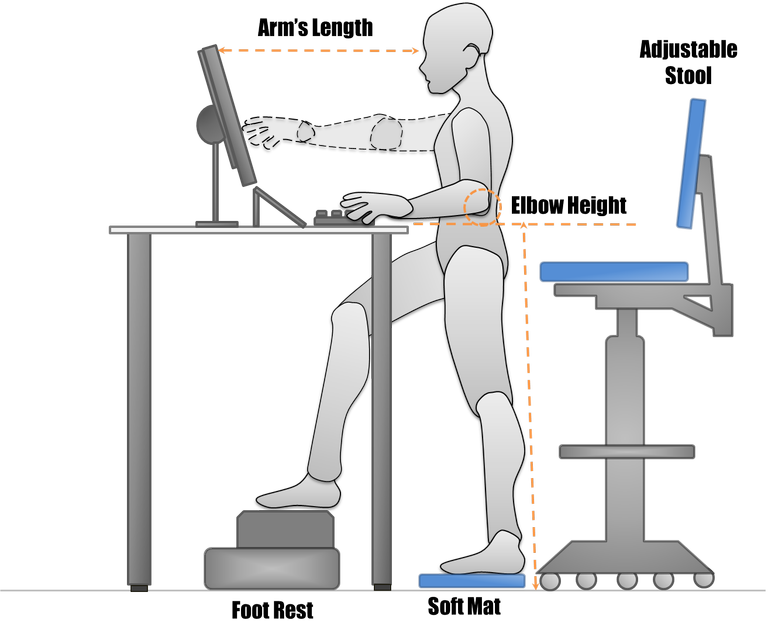
Why are top command centers upgrading to sit-to-stand ergonomics? In high-pressure, mission-critical environments, efficiency and focus are essential. Sit-to-stand workstations are becoming the go-to solution for boosting performance, reducing fatigue, and supporting operator health.
Traditional fixed desks no longer meet the demands of high-stakes work. Operators often sit for long hours, glued to multiple screens. This static posture can reduce alertness and contribute to physical discomfort. Over time, discomfort impairs decisions, reaction times, and health. Resources like https://www.xybix.com/ offer examples of how ergonomic workstation solutions are designed to address these exact challenges.
Improving Operator Focus and Comfort
Sit-to-stand workstations are built for flexibility. They allow operators to change positions throughout a shift, which helps maintain high energy levels. When people sit too long, circulation slows and focus drops. Standing even briefly can boost blood flow and wake the body up. For command centers that operate 24/7, those small adjustments can make a big difference in performance.
Some workstations feature electric height-adjustable consoles, so users can move from sitting to standing with a button. Some companies design such consoles with quick access controls and personalized adjustments. These features support the dynamic pace of mission-critical work and the need for rapid reconfiguration during evolving scenarios.
Reducing Fatigue and Musculoskeletal Stress
Long shifts take a toll on the body. Neck strain, back pain, and wrist tension are common complaints among operators. Sit-to-stand desks help reduce these risks. Alternating between postures relieves pressure points and reduces the strain caused by repetitive tasks. Over time, this can help lower the rate of workplace injuries and missed workdays.
Postural variation is especially important during overnight shifts. As the body’s natural energy dips, the option to stand and stretch can help operators stay alert. That’s why ergonomic upgrades are becoming a priority in emergency response centers, traffic control rooms, and utilities dispatch facilities.
Better Collaboration and Visibility
Sit-to-stand stations also support better communication. In a traditional seated setup, sightlines can be limited. Adjustable desks can be raised for stand-up meetings or team check-ins, creating better eye contact and improving collaboration. It’s easier to engage with teammates when everyone is on the same level.
This flexibility becomes crucial during shift changes or incident escalation. In such cases, fast information transfer is vital. A workstation that adjusts quickly to meet situational needs can streamline coordination and cut down on misunderstandings.
Enhancing Mental and Physical Health
Sitting for hours can lead to reduced motivation and energy levels. Over time, it may contribute to stress and burnout. Giving team members the option to move creates a more humane and supportive workplace. It sends a message that health is valued, which boosts morale.
Workstations that adjust easily give operators a sense of control. This autonomy is linked to greater job satisfaction and mental clarity. Many command centers have reported improved focus and fewer complaints after introducing sit-to-stand solutions.
Tailoring Workstations to Operator Needs
Customization is key in mission-critical settings. No two operators are the same, and sit-to-stand desks allow users to set preferred heights for both sitting and standing. Some systems store presets, so changes are seamless between shifts. This is particularly useful in multi-user environments like 911 call centers or security operations.
You can also have an adjustable desk designed with direct operator feedback. These solutions integrate with hardware and cable management systems, ensuring that upgrades don’t interfere with workflows. When well-designed, ergonomic furniture supports both people and technology.
Mission-critical teams need tools that keep them sharp and supported. Sit-to-stand ergonomics are helping command centers meet this need. Adjustable workstations enhance performance, visibility, and well-being, making them the standard for performance-driven workplaces. For today’s command centers, standing desks aren’t just an upgrade; they’re an essential part of the mission.
